1st - 6th Red Butte Garden Field Trip + Field Investigations
Red Butte Garden has a new field trip format to support Utah's Science with Engineering Education Standards (SEEd).
We have grade specific recommendations for investigations. If you have a split grade group or desire a different investigation topic for your grade, you may select a different investigation.
In addition, this information is important to know for your field trip:
- All field trips are entirely school chaperone-led.
- Garden Educators will be stationed throughout the Garden with activities and hands-on experiences. You, your chaperones, and students can visit the Educators in specified Garden areas. These activities are subject to change as the season progresses and with Educator availability.
- Materials are provided by Red Butte Garden at the beginning of a trip and include:
- Investigation specific science field journals and pencils for students
- Chaperone packs with maps and tools
- Passes for adult chaperones and teachers to return to Red Butte Garden at no cost
- We require 1 adult chaperone for every 5 students. Required chaperones receive free admission.
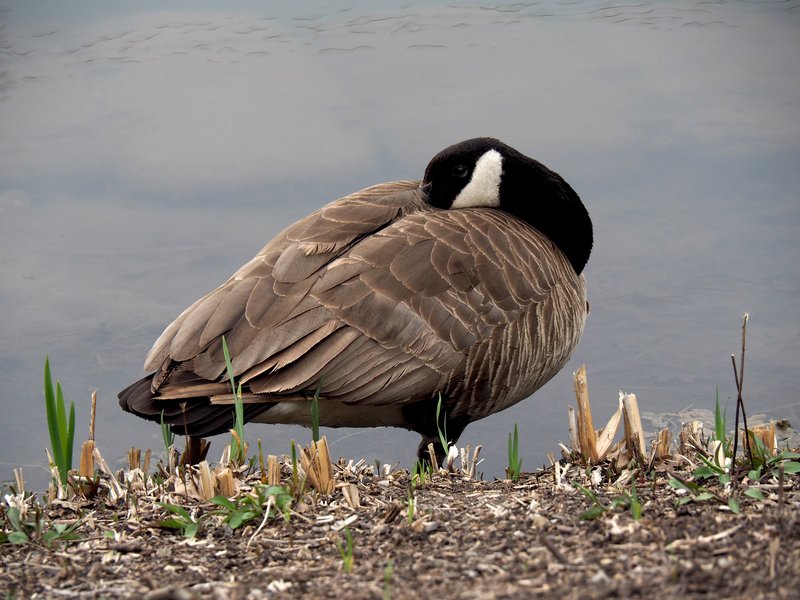
Habitats (1st Grade)
Supports SEEd Standard 1.2.2
While at the Garden students will explore different habitats. They will discover how living things in the Garden have features that help them to survive in each habitat. Educators are stationed in the garden with activities to enhance their Habitats investigation.
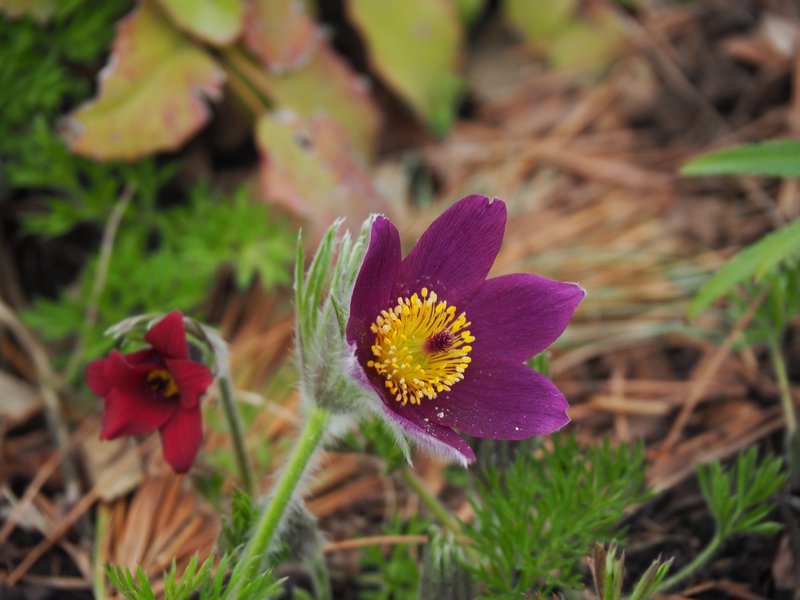
Flowers (2nd Grade)
Supports SEEd Standard 2.2.3
While at the Garden students will explore how bees help flowers. They will get to look closely at how pollination happens and how a flowers structure encourages bees to visit them. Educators are stationed in the garden with activities to enhance their Flowers investigation.
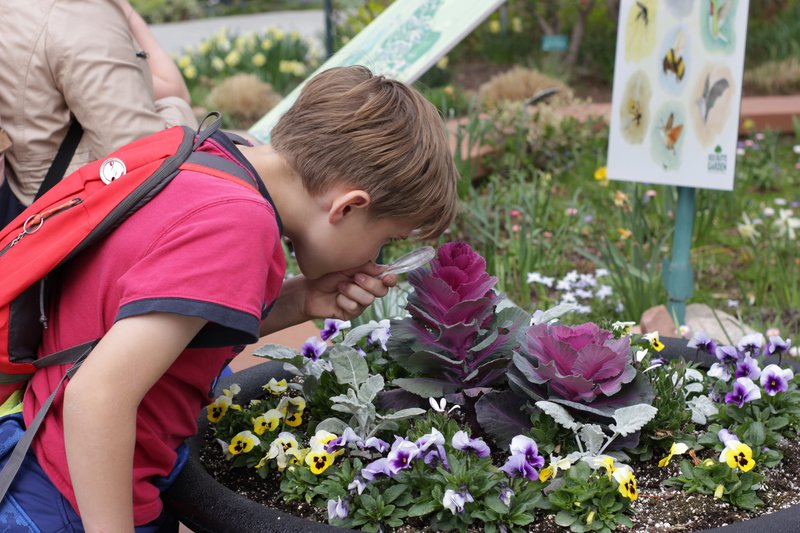
Phenology (3rd Grade)
Supports SEEd Standard 3.2.1
At Red Butte Garden we track and study nature’s calendar! Phenology is the study of seasonal life cycle changes. Students will observe the life cycle changes that are currently taking place in the garden and communicate their findings. Educators are stationed throughout the garden with activities to enhance the student’s investigation of phenology.
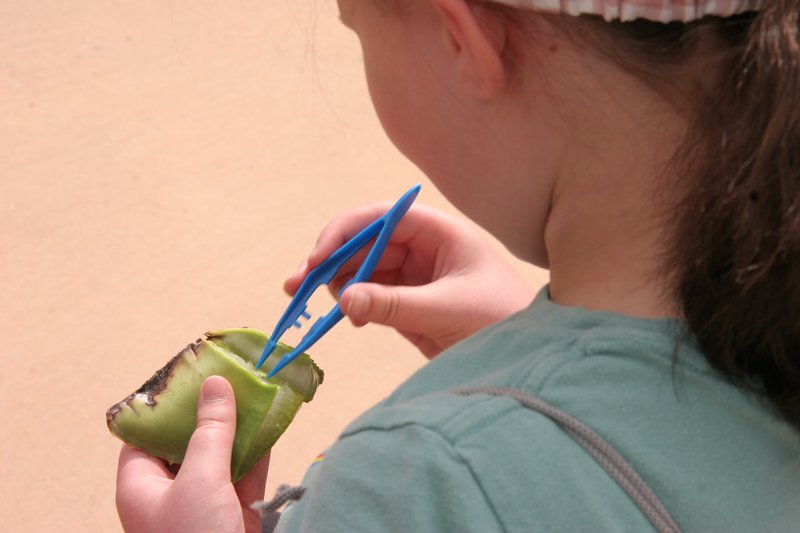
Structures for Survival (4th Grade)
Supports SEEd Standard 4.1.1
While visiting the garden students will investigate the internal and external structures of plants. They will discover how a plants structure can help it survive in different environments. Educators are stationed throughout the garden with activities to enhance the student’s investigation.
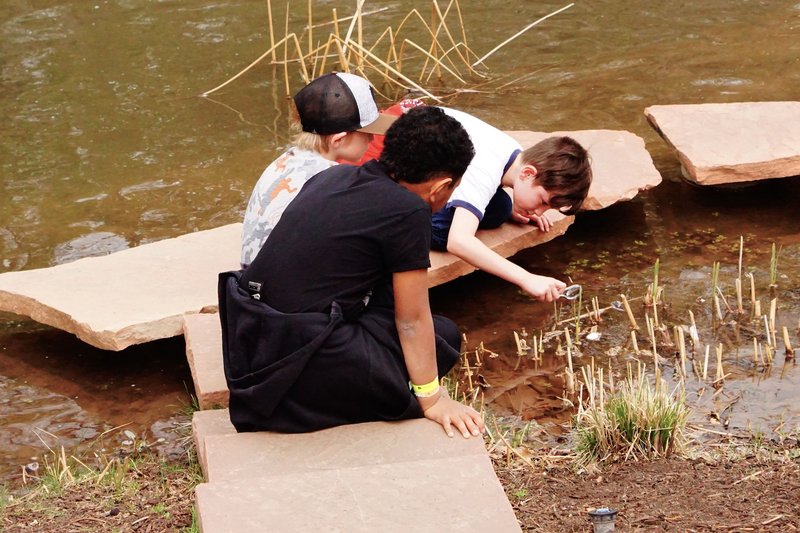
Matter Movement (5th - 6th Grades)
Supports SEEd Standards 5.3.3 and 6.4.4
While visiting the garden students will explore how organisms are connected. Their investigation focuses on the movement of matter by producers, consumers, and decomposers. Educators are stationed throughout the garden with activities to enhance the student’s investigation.

Kindergarten and 7th - 12th
Kindergarten and 7th - 12th grade groups please click HERE to learn more about the DIY Red Butte Garden Field Trips.
Partnership Red Butte Garden Field Trip + NHMU
Click HERE to request a partnership Red Butte Garden Field Trip + Field Investigation + NHMU. Availability is limited.
Click HERE to visit our request page and view availability calendar.
Questions? Contact us at: fieldtrips@redbutte.utah.edu